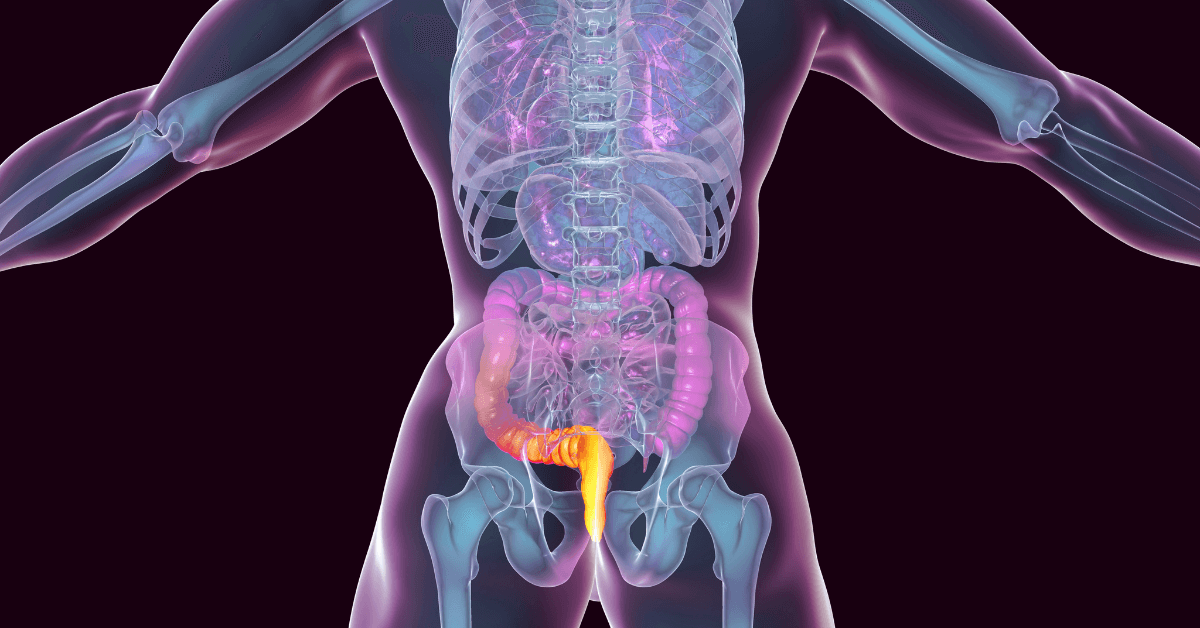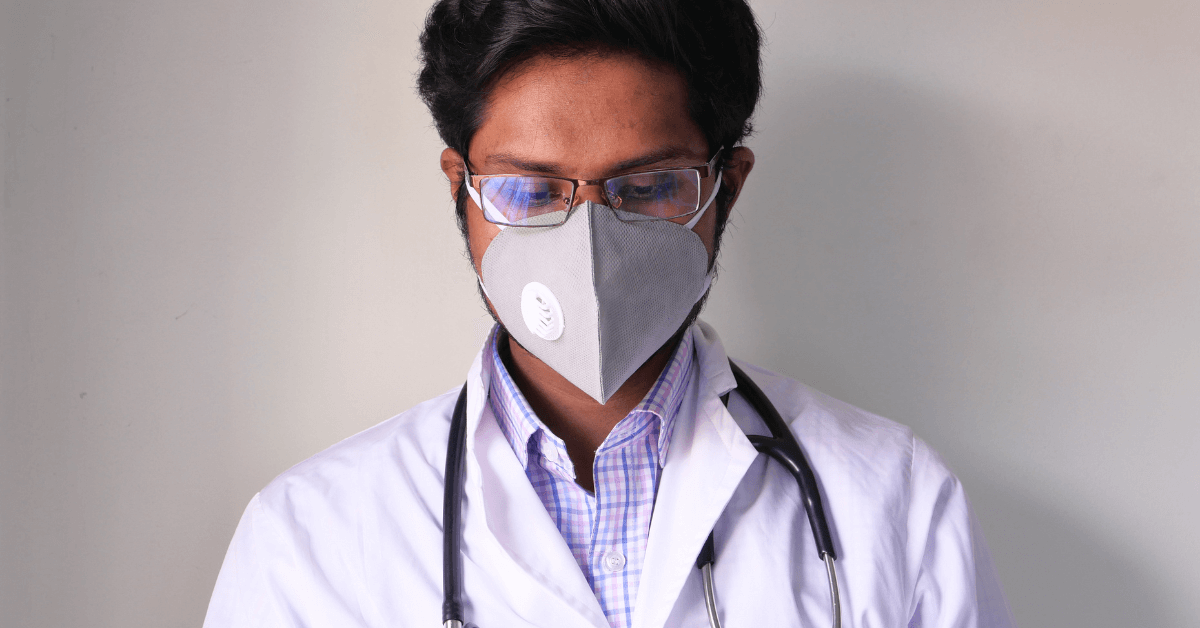Laser therapy has become a popular choice for a wide range of medical conditions. As an advanced, non-invasive treatment, it provides an alternative to traditional surgery. Despite its growing popularity, many myths and misconceptions still surround laser therapy, especially regarding specific procedures like FiLaC®, SiLaC®, and LHP®. These therapies are becoming well-known for treating conditions like fistulas, cysts, and hemorrhoids, but there is still confusion about their safety, effectiveness, and potential risks. In this comprehensive guide, we will bust common myths and separate the facts from fiction, providing clarity on laser therapy’s true benefits and debunking the misunderstandings.
What is Laser Therapy?
Laser therapy uses focused light energy to treat targeted areas of the body. It works by stimulating the body’s cells, helping them regenerate and heal faster. Unlike traditional surgeries, laser therapy is non-invasive and requires no cuts or stitches. It’s often used for treating conditions such as chronic pain, musculoskeletal injuries, and certain skin issues.
While laser therapy is well-known for cosmetic treatments, newer methods like FiLaC®, SiLaC®, and LHP® have gained traction for medical use. These procedures are designed for specific conditions like fistulas, cysts, and hemorrhoids. Let’s dive deeper into each treatment and bust some common myths about laser therapy, so you can separate fact from fiction and understand the true benefits of FiLaC®, SiLaC®, and LHP®.

FiLaC®: Focused Laser Therapy for Fistulas and Fissures
FiLaC® stands for Fistula Laser Closure, a procedure designed to treat anal fistulas and fissures. Many people mistakenly believe that treating these conditions with lasers is unsafe or ineffective. However, FiLaC® is proven to be a safe and highly effective method of treating these common yet painful conditions.
Contrary to common myths, FiLaC® does not cause excessive pain or require long recovery times. In fact, it’s minimally invasive and typically results in less discomfort compared to traditional surgical methods. The procedure involves using a laser to close the fistula or fissure, promoting faster healing and reducing the chances of recurrence.
Many patients worry about the risk of infection or complications after the procedure. However, because FiLaC® is a sterile procedure, the risk of infection is low. In fact, laser therapy’s precision reduces the risk of damage to surrounding tissue, which is common in traditional surgical procedures.
SiLaC®: Effective Treatment for Cyst Removal
SiLaC® is a laser treatment used for the removal of cysts, particularly those located in delicate or hard-to-reach areas. A common myth surrounding SiLaC® is that it’s an unnecessary or risky procedure. However, SiLaC® has been shown to be both effective and safe for treating cysts.
Cysts are abnormal growths of tissue, often filled with fluid. When left untreated, they can lead to discomfort or infections. SiLaC® uses focused laser energy to safely and effectively remove cysts with minimal risk of complications. One of the biggest advantages of SiLaC® is its ability to treat cysts with minimal scarring.
Many patients also believe that cysts can’t be treated with lasers, but SiLaC® proves otherwise. Laser technology has advanced significantly, making it a suitable option for cyst removal in a variety of areas, including the skin, breast, and internal organs. The procedure is quick, with patients often experiencing a quicker recovery time compared to traditional surgery.
LHP®: Laser Treatment for Hemorrhoids
LHP® stands for Laser Hemorrhoidoplasty, a cutting-edge procedure used to treat hemorrhoids. Hemorrhoids occur when blood vessels in or around the anus swell, causing discomfort, bleeding, and pain. Many people believe invasive surgery is the only treatment option, but LHP® provides a less invasive alternative with excellent results.
LHP® uses laser technology to shrink and remove hemorrhoids with minimal pain. One common myth is that laser treatment for hemorrhoids is ineffective or doesn’t provide long-term relief. In reality, LHP® has proven to be a safe and effective option, providing patients with lasting results.
One of the major benefits of LHP® is its ability to target the exact problem area without causing damage to surrounding tissue. Traditional methods often involve more invasive procedures, which can result in longer recovery times and more complications. LHP® reduces these risks, offering patients a quicker recovery and reduced post-treatment pain.
Let’s Bust Common Myths About Laser Therapy
- Laser therapy is painful. Many people think laser treatments are extremely painful. In fact, laser therapy is minimally invasive and involves little to no pain. In most cases, surgeons use local anesthesia, making the procedure virtually painless.
- Laser treatments are only for cosmetic procedures. Laser therapy not only treats skin conditions but also effectively addresses medical conditions like fistulas, cysts, and hemorrhoids. Procedures like FiLaC®, SiLaC®, and LHP® have revolutionized treatment options for these issues.
- Laser therapy is unsafe. While some people believe lasers are dangerous, trained professionals have thoroughly tested these treatments, and they are FDA-approved. Laser therapy is highly precise, reducing the risk of complications and ensuring safety.
- Laser treatments take a long time to heal. Another misconception is that laser therapy requires long recovery periods. On the contrary, most patients experience faster recovery times compared to traditional surgeries. The minimally invasive nature of these treatments reduces the strain on the body, allowing for quicker healing.

Benefits of Laser Therapy for Fistulas, Cysts, and Hemorrhoids
Laser therapy offers a variety of benefits, especially when it comes to treating conditions like fistulas, cysts, and hemorrhoids.
- Minimally invasive: Laser therapy doesn’t require cuts or stitches, making it a less invasive option compared to traditional surgery.
- Reduced recovery time: Patients typically recover faster after laser treatments because there is less tissue damage.
- Minimal pain: The doctor uses local anesthesia to numb the treatment area, ensuring patients experience little to no pain during the procedure.
- Precision: Laser technology allows doctors to target specific areas with incredible accuracy, reducing the risk of damaging healthy tissue.
- Fewer complications: Laser treatments have a lower risk of complications, such as infection, compared to traditional surgical methods.
Conclusion
Laser therapy, particularly FiLaC®, SiLaC®, and LHP®, has proven to be a game-changer in the treatment of fistulas, cysts, and hemorrhoids. By debunking common myths, we’ve shown that laser treatments are safe, effective, and minimally invasive. If you’re considering one of these procedures, it’s important to consult with a qualified healthcare provider to determine the best course of treatment for your condition.
While myths and misconceptions still exist, the facts are clear: laser therapy is a highly effective treatment option for many medical issues. By separating fact from fiction, patients can make informed decisions about their healthcare and experience the many benefits these advanced treatments have to offer.
If you’re curious about how laser therapy can benefit your condition, don’t wait, schedule a personalized consultation with us today and take the first step toward a better, healthier you!



